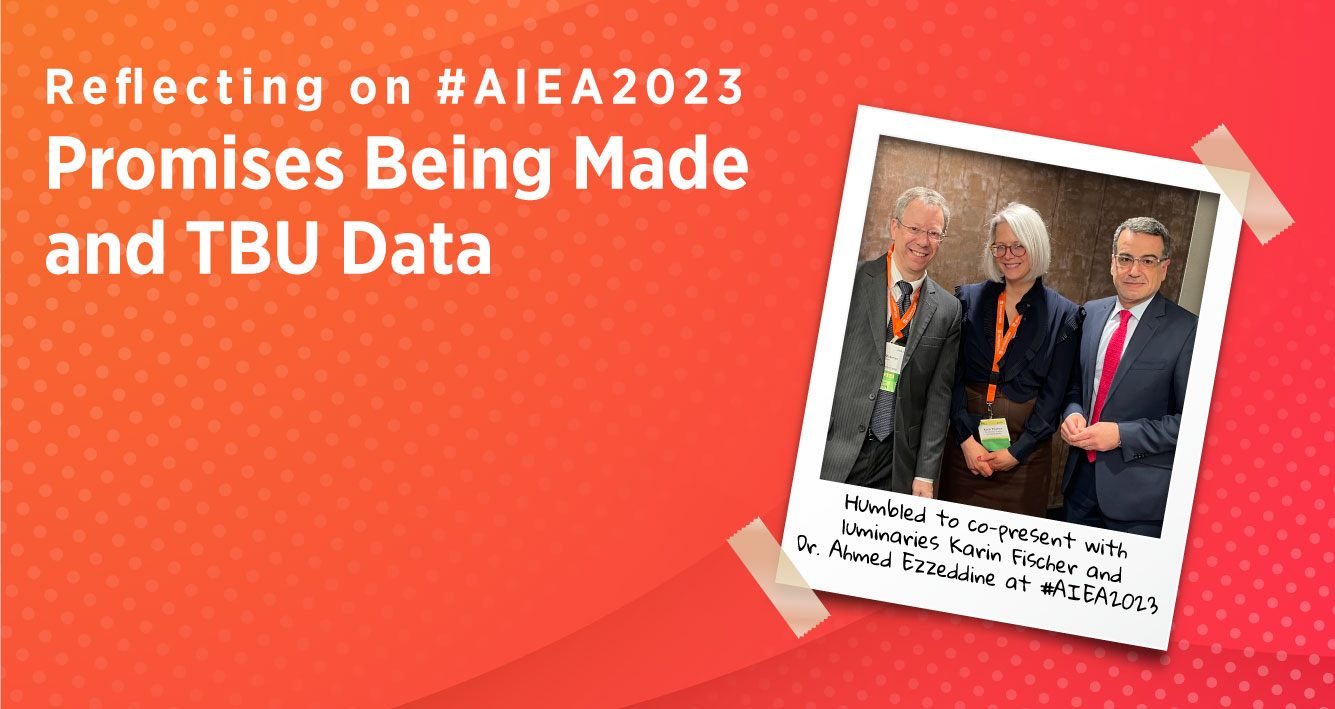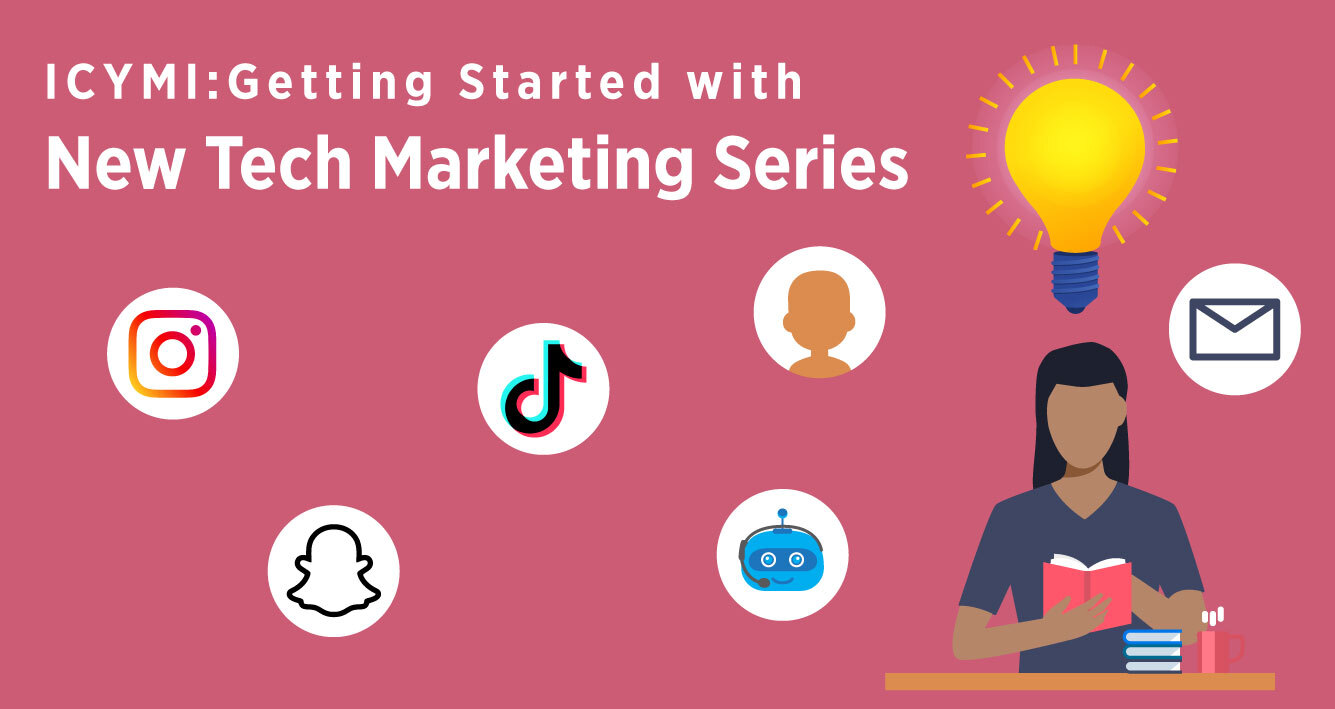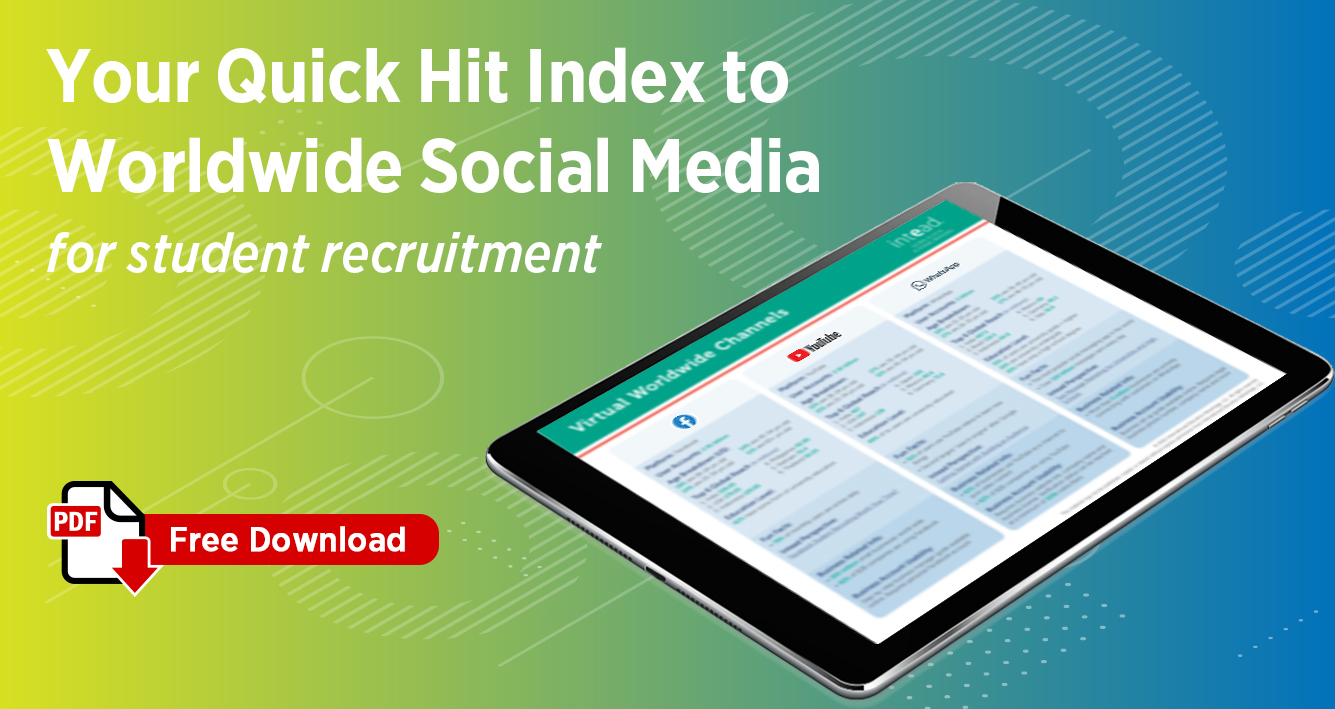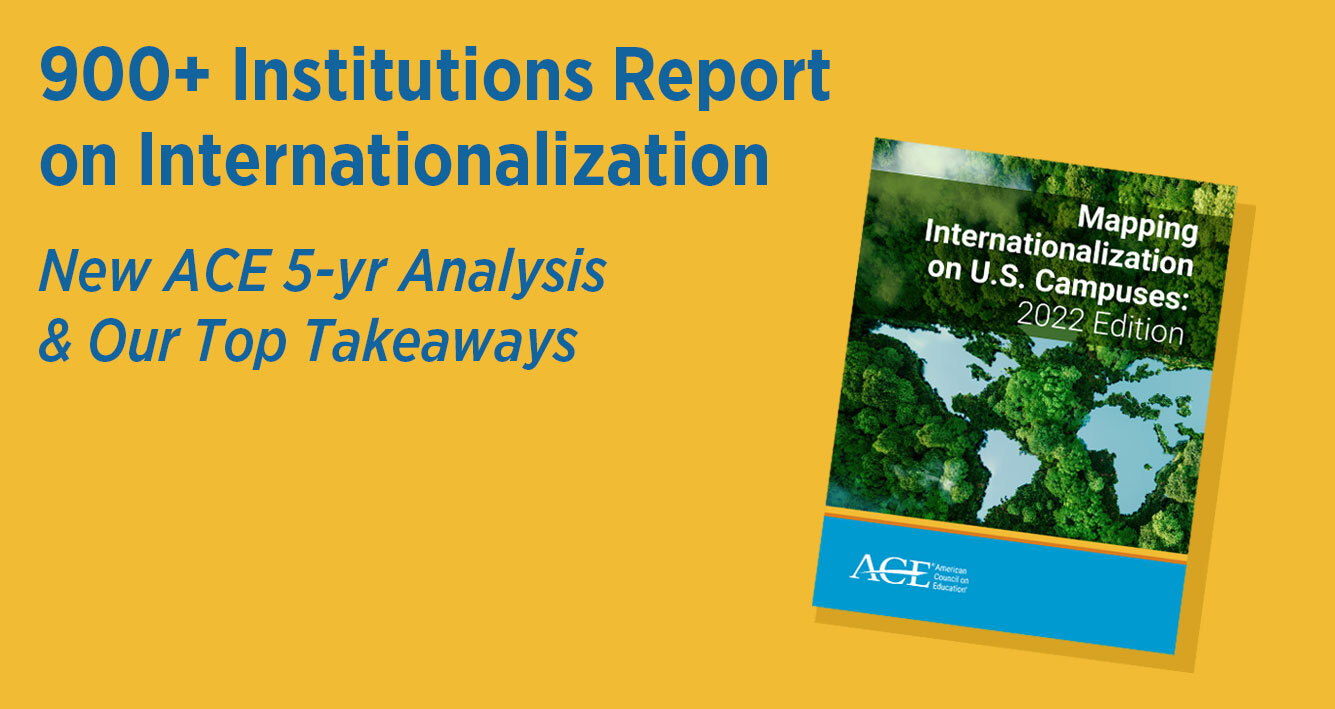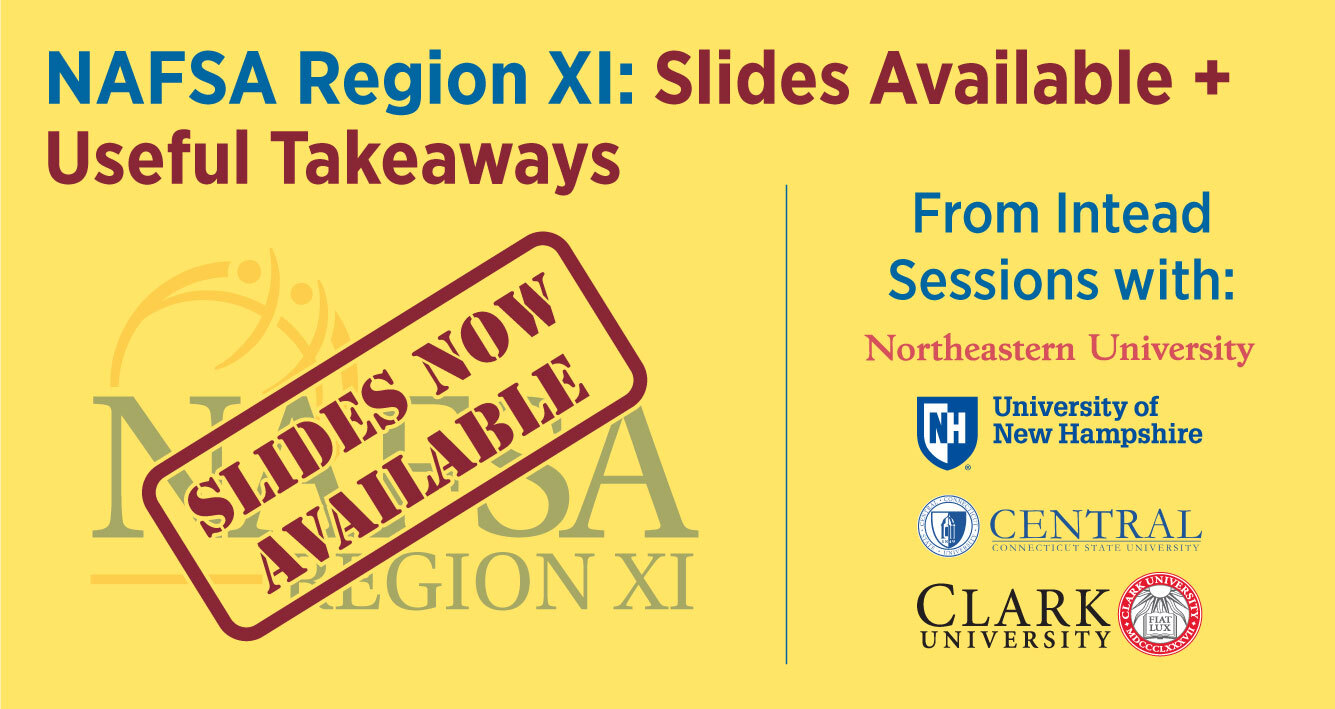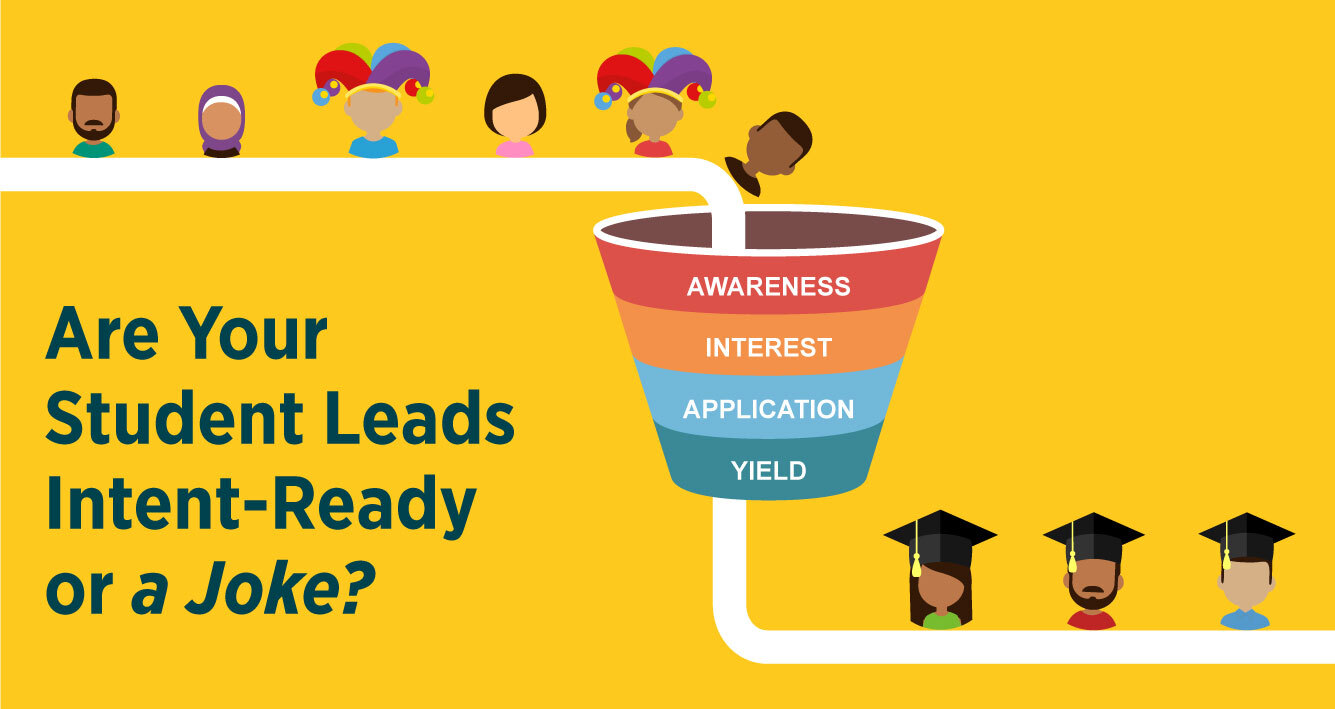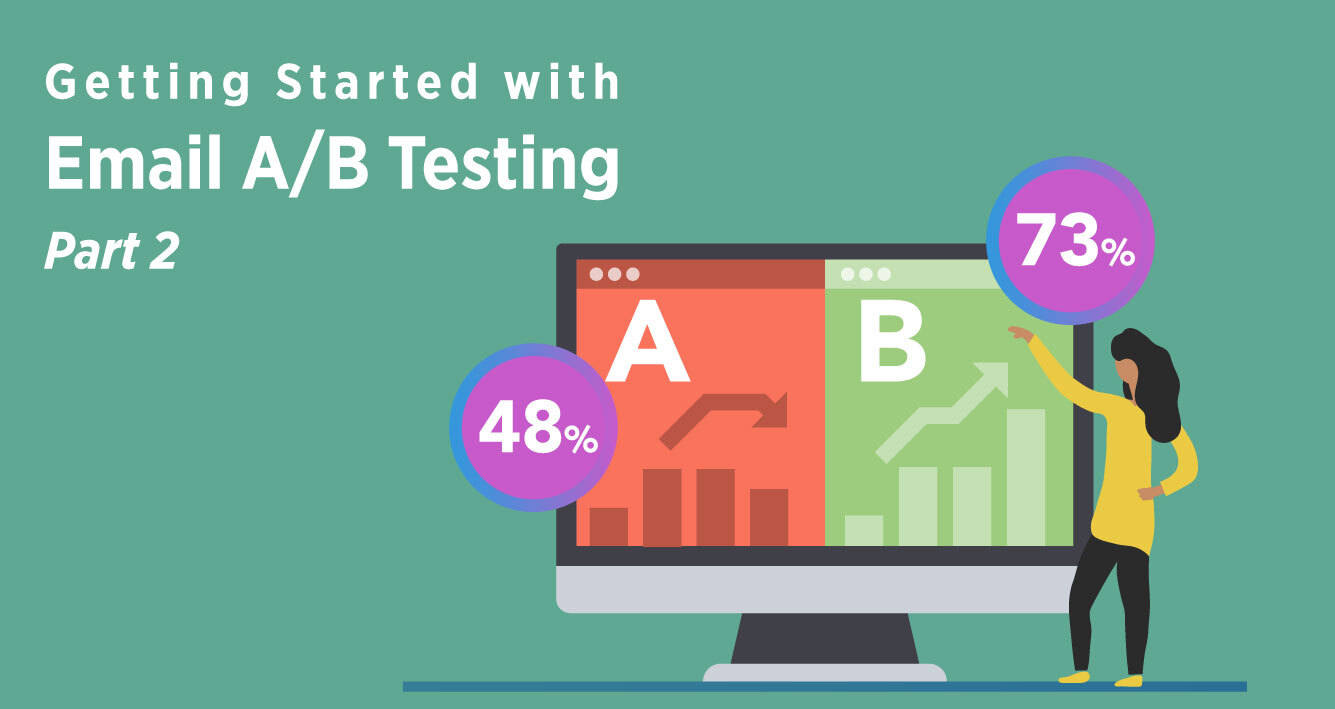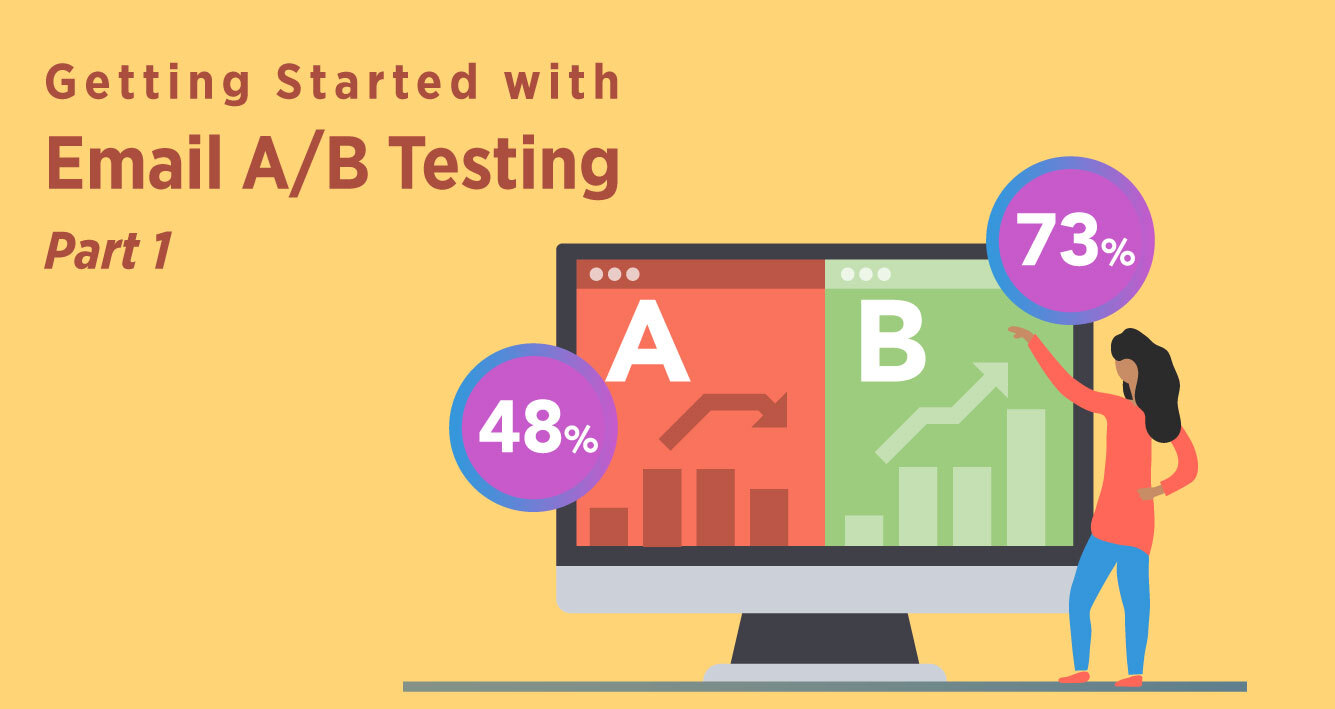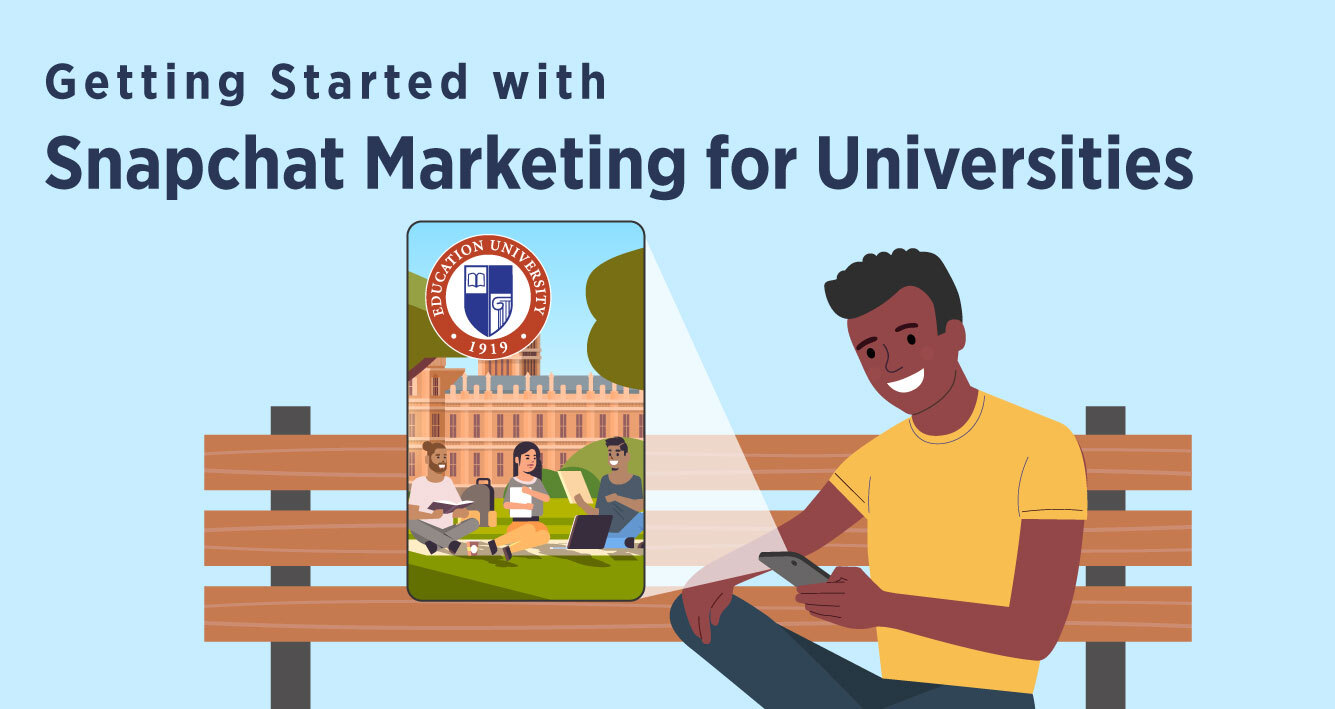A great gathering in DC as nearly 800 attended this year’s AIEA conference. The conversations were varied and interesting, as always. Kudos to Darla Deardoff, David Fleshler, and their team for pulling off a valuable event.
We are looking ahead at our next chance to chat about internationalization with .Edu trustees and presidents in San Diego at the AGB conference in April. Honored to be presenting alongside Brad Farnsworth from Fox Hollow Advisory (former ACE VP) and Dr. Gretchen Bataille from GMB Consulting (former president of the U of North Texas among other amazing higher ed roles). We will be talking all about insights university leaders need to guide internationalization efforts. Reach out if you or others from your team will be there.
Reflecting on this past week with our AIEA colleagues, my thoughts turn to internationalization and the many factors that go into its student recruitment process – the admissions, the student support/success efforts, the development of global partnerships. So many factors to manage. We know this.
Underlying it all is the question of staffing structure and the challenge of retaining current staff and attracting new to keep the process moving (better yet, optimized). Switching gears, did we mention credential evaluation and oh, study abroad programs? Right, so many aspects.
With all of this yanking on us, distracting us as each area of our jobs calls us to focus, there really is only one approach to multi-faceted work like this: be thorough and work hard. There is no magic solution, despite what so many vendors seem to say.
Let’s get into it and review the promises being made in our field and some actions you and your team can take to improve your Gen Z enrollment strategy. What data are you looking at? And how much of it is True But Useless (TBU)? With thanks to our Chief of Strategy Patricia Tozzifor bringing this phrase to the fore. Her perpetual questioning keeps us focused on this: what can you truly act on?
Read on for insights prompted by the 2023 AIEA gathering:
Read More
